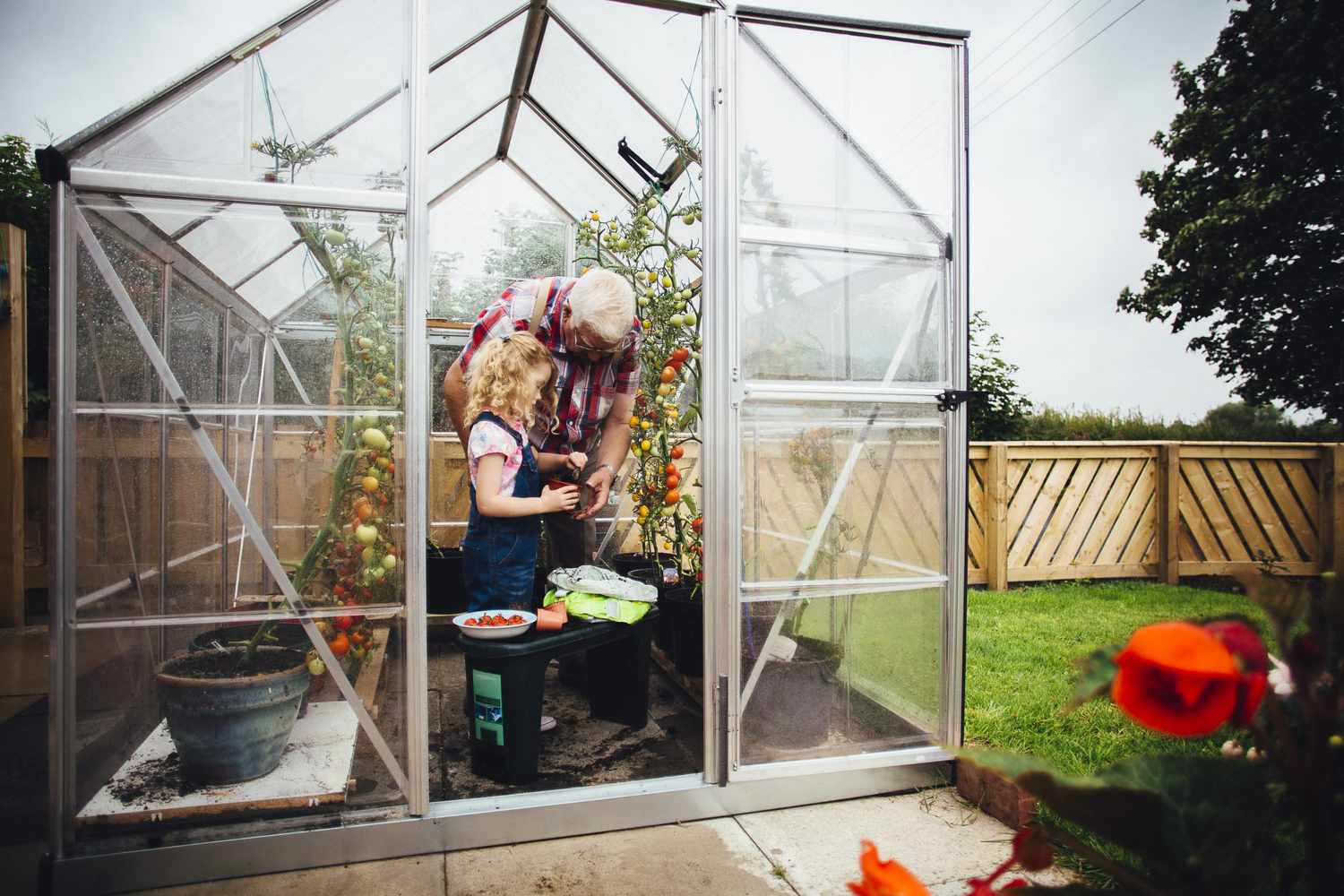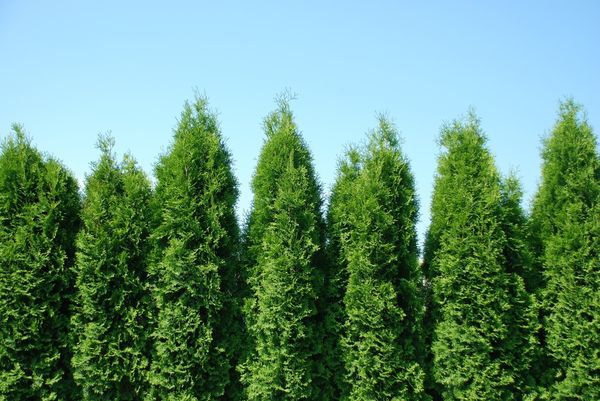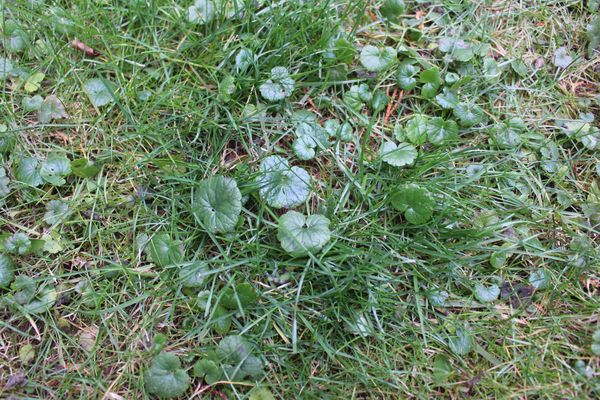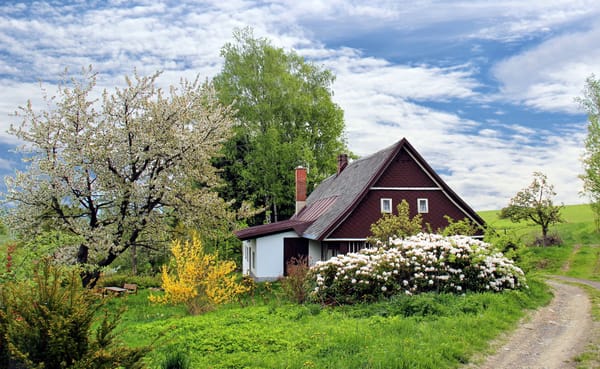A small greenhouse can be a wonderful addition to your garden, providing a controlled environment for your plants to grow and thrive. Whether you are an experienced gardener or a beginner, building a small greenhouse can be a rewarding project that will enhance your gardening experience. In this blog post, we'll walk you through the steps to build a small greenhouse, as well as provide some inspirational ideas to make your greenhouse unique and functional.
How to Build a Small Greenhouse
Constructing your own greenhouse opens up a world of possibilities for your garden, whether it's a mini greenhouse or a more expansive DIY greenhouse. Using recycled materials, such as plastic bottles or greenhouse plastic, you can create a cozy home for a few plants or even build a temporary greenhouse for seasonal use. Free greenhouse plans are readily available online, which can help you design a portable greenhouse or provide inspiration for unique plastic greenhouses.
Step 1: Choose the Location and Size
The first step in building a small greenhouse is to choose the location and size. Find a spot in your garden that receives ample sunlight throughout the day, ideally with a south-facing orientation. Consider the space you have available and the types of plants you want to grow. A small greenhouse can range in size from a compact 4x6 feet to a more spacious 10x12 feet.
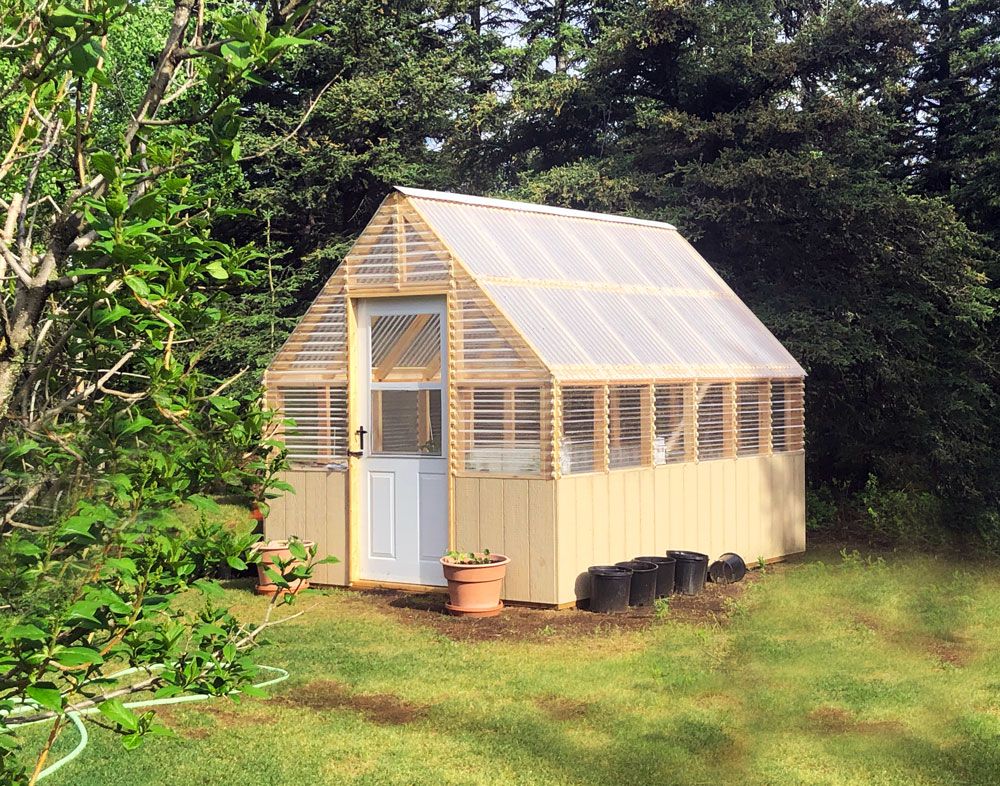
Step 2: Decide on the Greenhouse Structure
Consider using pressure treated wood for a more durable structure, and remember that your greenhouse can be as simple or elaborate as you desire. There are several types of greenhouse structures to choose from, including:
- A-frame: A simple and economical design, an A-frame greenhouse has a triangular shape, making it easy to build and providing ample headroom for taller plants that could be used in your yard for curb appeal.
- Hoop house: Constructed with PVC pipes or metal tubing, a hoop house has a curved roof and can be covered with a variety of materials, such as plastic sheeting or shade cloth.
- Lean-to: Attached to the side of your house or another existing structure, a lean-to greenhouse can help save space and provide easy access to water and electricity.
- Quonset: A Quonset greenhouse features a semi-circular shape, offering maximum light penetration and efficient use of space.
Step 3: Choose the Greenhouse Covering
Once you've decided on the structure, you'll need to choose a covering material. A garden shed can also be transformed into a gorgeous greenhouse with just a few modifications, such as adding clear plastic sheeting or roof panels. Some popular choices include:
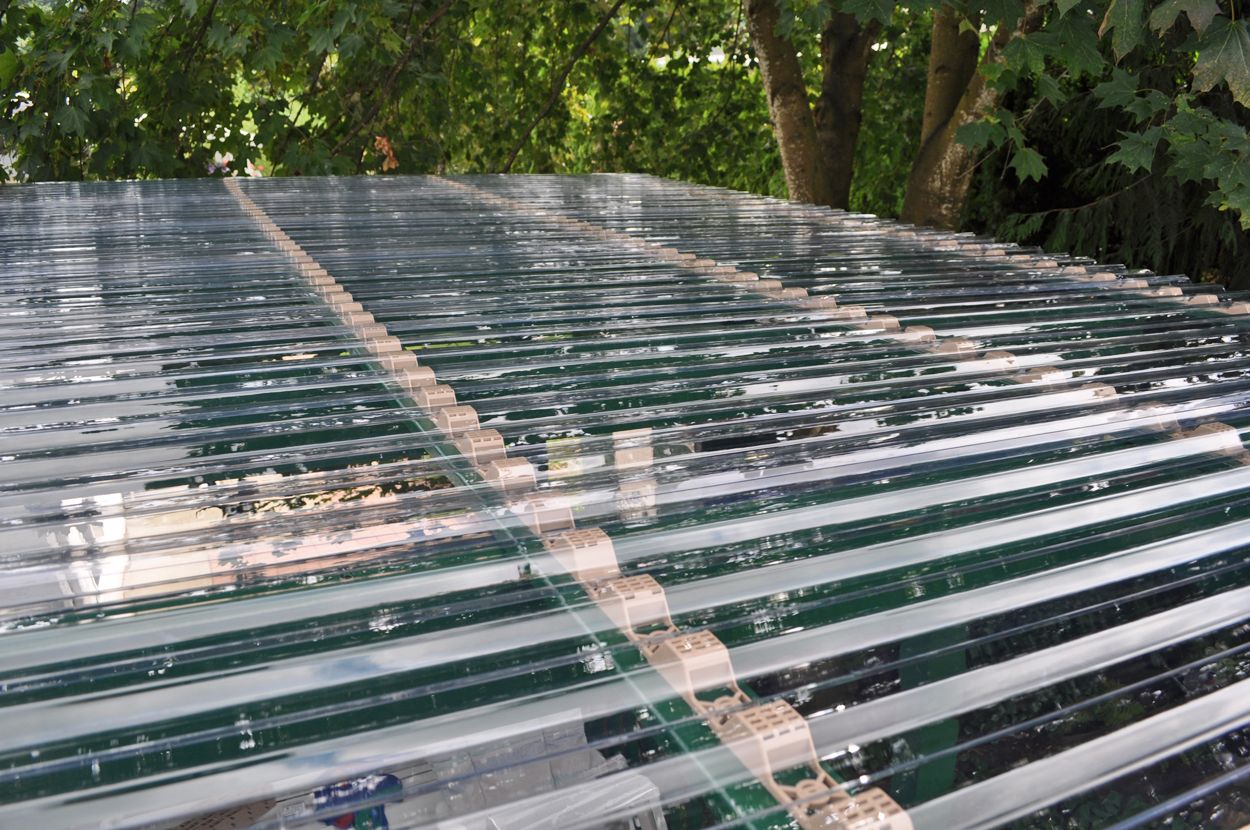
- Glass: Although more expensive and fragile, glass provides excellent light transmission and insulation, making it an ideal choice for a permanent greenhouse.
- Clear polycarbonate: A lightweight and durable alternative to glass, polycarbonate offers good insulation and UV protection. Polycarbonate plastic which is stronger and more durable than traditional fiberglass panels. These panels have up to 90% light transmission which allows plenty of light in.
- Polyethylene film: An economical option, polyethylene film is easy to install and replace, but may not provide as much insulation or durability as other materials.
Step 4: Build the Foundation and Frame
To build a sturdy greenhouse, you'll need a strong foundation and frame. You can use various materials for the foundation, including concrete, wood, or even gravel. For the frame, you can use wood, PVC, or metal, depending on your chosen greenhouse structure. Make sure to anchor the frame securely to the foundation to prevent it from shifting or collapsing.
Step 5: Install the Covering and Ventilation
Once your frame is in place, it's time to install the greenhouse covering. Carefully attach the material to the frame, ensuring that it is taut and secure. To prevent overheating and maintain proper humidity levels, your greenhouse will also need a ventilation system. You can use manual or automatic vents, exhaust fans, or even a simple door or window to help regulate temperature and air circulation.
Greenhouse Ideas and Inspiration
- Vertical Gardening: Utilize the vertical space in your greenhouse by installing hanging baskets, shelves, or trellises to grow climbing plants like tomatoes, peas, and cucumbers.
- Hydroponics: Incorporate a hydroponic system into your greenhouse to grow plants without soil, allowing for more efficient use of space and resources.
- Seed Starting Station: Set up a dedicated area in your greenhouse for starting seeds.
Conclusion
Protecting your plants is a priority when building a greenhouse, and options like attached greenhouses or cold frames can offer a convenient solution. By incorporating a few windows or using a plastic cover, your completed greenhouse will provide the perfect growing space for tender plants.
The beauty of building your own greenhouse is the freedom to customize it to your specific needs, creating a functional and attractive addition to your garden. So, gather your materials and get started on your green house project today!

